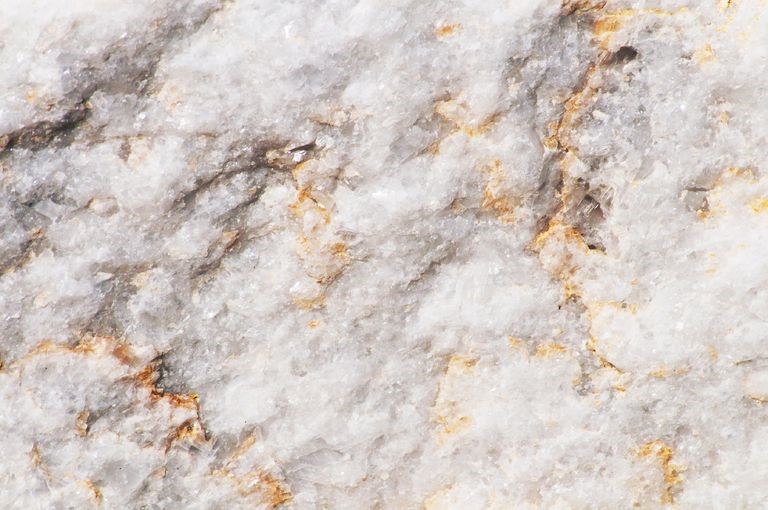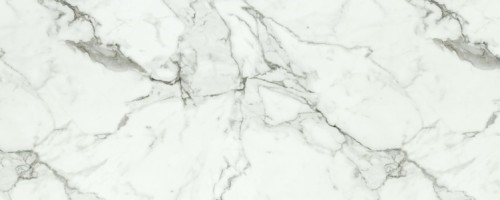Marble is a metamorphic rock that developed from limestone. Most of the material is calcite (a crystalline form of calcium carbonate, CaCO3) and dolomite. It is often used for sculpture, as a building material, and for many other purposes.
Even marble dust can be added to some synthetic resins or cement and manufactured into cultured or reconstituted marble.

Marble has been an important part of the construction trade for thousands of years. It was widely used by both Greek and Roman sculptors and architects. Marble is also a popular choice for Marble Headstones. Find out more about Marble Headstones a site like Abbey Memorials.
Marble in construction
In the construction trade, the word marble is used to describe large, crystalline calcitic and some non-calcitic rocks that are commonly used as stone for building.
Purbeck marble comes from a limestone fossil that has been excavated since Roman times in the Isle of Purbeck, a peninsula in Dorset, England. It was used in ornamental stone buildings. The industry is no longer active.
The Pieta
Carrara marble is the original marble. It is white or blue-gray and high-quality, popularly used in sculpture and building decoration. It is excavated in the town of Carrara in Lunigiana, the northernmost tip of modern Tuscany, Italy.

Marble in industrial use
Marble of different colours contain pure levels of calcium carbonate, which is used in various industries. Marble powder, which is ground finely is a major component in toothpaste and paint, for example. It is also possible to reduce Calcium carbonate using a high temperature of calcium oxide (also known as “lime”), which has a wide range of uses including being a major component of cement.



